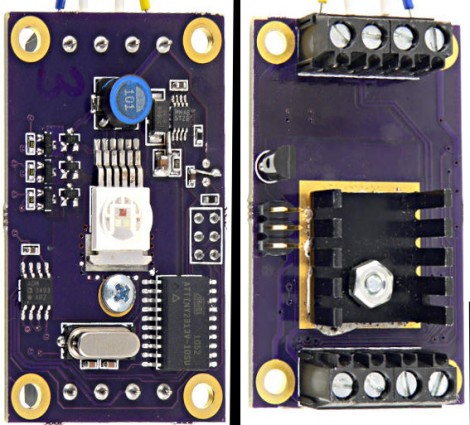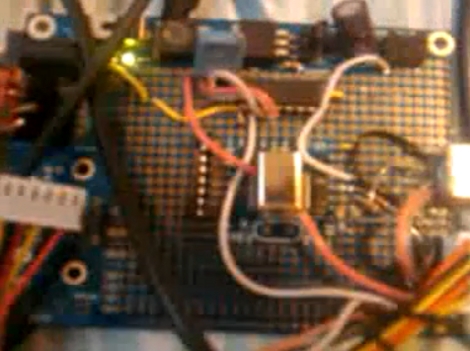
[Plasanator] adds a bit of safety to his Jacob’s Ladder by housing it in a familiar enclosure. It doesn’t take very many components to make one of these, but to get the high voltage you’ll need some type of coil. He’s using one from the electrical system of an old car, then building around it with a big 15mf 220V capacitor, a dimmer switch normally used in household wiring, terminal blocks, and some braising rod or coat hanger for the spark to traverse.
The video after the break shows this in operations, and we’d agree with [Plasanator] that this is a wonderful addition to your Halloween decor. Of course you want to keep fingers away from the dangerous bits and that’s where the enclosure and key lock come into play. Were not sure what he made the upright cylinder from, but the base is a blast from the past. Remember when one of those used to sit proudly on every desk as a tribute to how important the information you had on had really was?
Don’t want to play with high voltage like this? You can build a fake using EL wire.
Continue reading “Jacob’s Ladder Makes Itself At Home In A Floppy Disk Box”
















